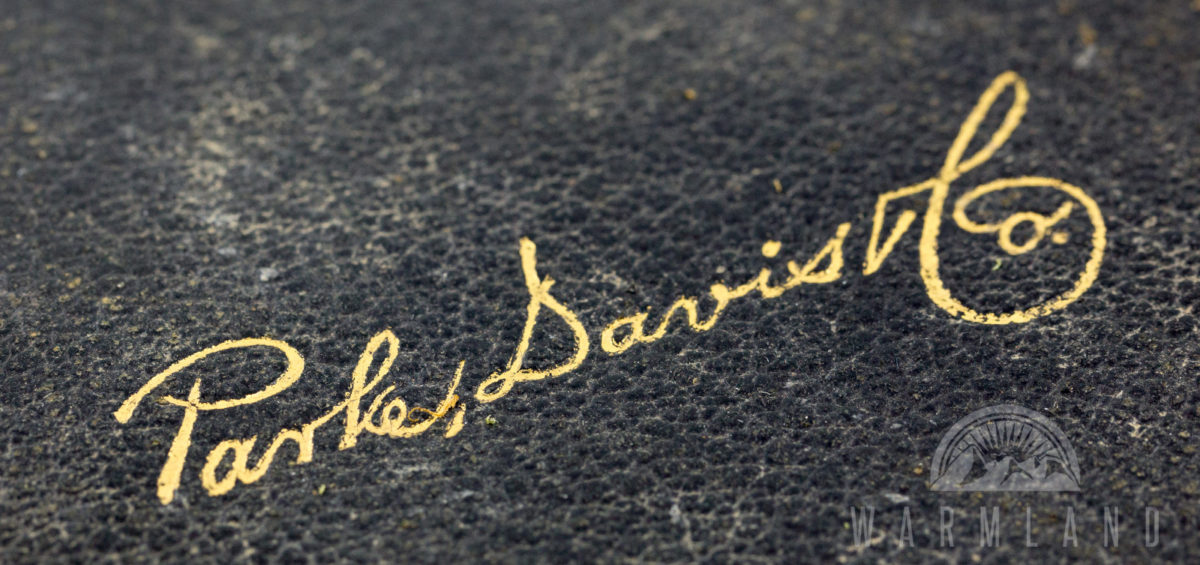By Chris Clay

By the turn of the last century, pharmaceutical giant Parke, Davis & Co. had fully embraced cannabis as a medicine. The company’s 1901 edition of Physician’s Manual of Therapeutics contains over 400 references to cannabis, recommending it as a primary treatment for a wide range of conditions including migraines, inflammation, neuralgia and epilepsy. However, company buyers faced a serious supply problem; as outlined in their Standardized Productscatalogue from 1911,
Full Article:
http://warmlandcentre.ca/2017/08/parke-davis-cannabis-safe-in-immense-doses-1900
Month: October 2017
Former NBA commissioner David Stern: Remove marijuana from banned list
Arthur Weinstein
Former NBA commissioner David Stern thinks the league should remove marijuana from the list of banned substances.
Stern chose an interesting forum in which to make that pronouncement, in an interview with former NBA player Al Harrington, who now owns a cannabis medical extract company. Harrington’s documentary video on the medicinal use of marijuana in pro sports appears on the site Uninterrupted.
Full Article:
http://www.sportingnews.com/nba/news/david-stern-nba-marijuana-banned-al-harrington-adam-silver/1uxc54bzaxjy71tyccu2qatyzm
Could Hemp Fashion Be the Key to Fixing India’s Cotton Economy?
Ashoka

Hemp fabric boasts some incredible properties: It’s stronger and more durable than cotton, takes half as much water and land to grow, is 98% UV resistant, repels bacteria and dust, and looks like linen (but wrinkles less).
India is the world’s second largest exporter of cotton, but there are some big challenges: Modern conventional cotton cultivation relies on pesticides and herbicides which are improperly, excessively, and dangerously applied in underdeveloped countries, and might have contributed to the worldwide decline of insect populations. And then there is the suicide epidemic among poor cotton farmers. One study shows that small-scale cotton farmers who try to rain-feed their genetically modified cotton are more likely to be sucked into a cycle of debt and commit suicide.
For these and other reasons, social entrepreneurs are watching closely the emergence of another crop, industrial hemp. (Industrial hemp is low-THC cannabis sativa, as opposed to cannabis indica, for smoking).
Hemp has an astounding array of uses: clothing, paper, particleboard, molded plastics (you can find it in Mercedes and BMW cars), and even food (pick up a carton of protein and omega-rich hemp milk in Whole Foods). It’s stronger and more durable than cotton, and needs half as much water and land to grow. It only takes 90 days to mature for harvest – as opposed to nine months for cotton – so farmers can grow it twice a year and reduce the financial risk of crop failure. And it’s called a “sister plant,” growing so densely that it crowds out weeds without the help of herbicides.
Full Article:
https://www.forbes.com/sites/ashoka/2017/10/23/could-hemp-fashion-be-the-key-to-fixing-indias-cotton-economy/#fd54804106a9
Dallas Police Officer Asks President Trump To Change Marijuana Policy
Hemp House is Built of Rammed Earth, Timber and Hempcrete Walls
HomeWorldDesign

Architects: Steffen Welsch Architects
Project: Hemp House
Location: Melbourne, Australia
Photography: Rhiannon Slatter
Hemp House, a dual occupancy home for three generations to explore co-housing, was built in a combination of rammed earth, timber and Hempcrete walls. It created a very beautiful and healthy environment; pulling it all together involved courage and adventure which for all ended up being a very rewarding experience.
Full Article:
http://homeworlddesign.com/hemp-house-built-rammed-earth-timber-hempcrete-walls/
